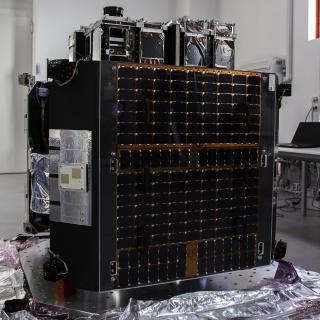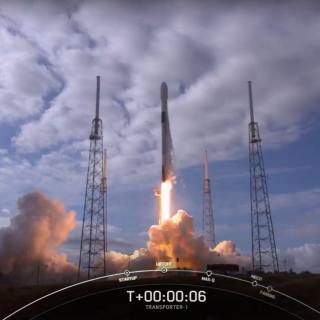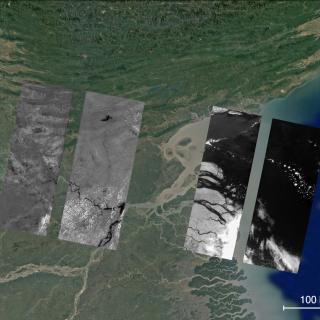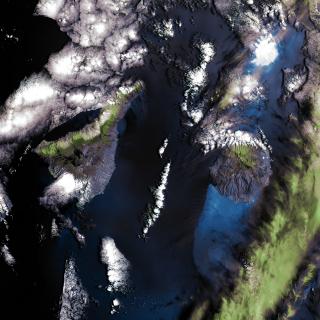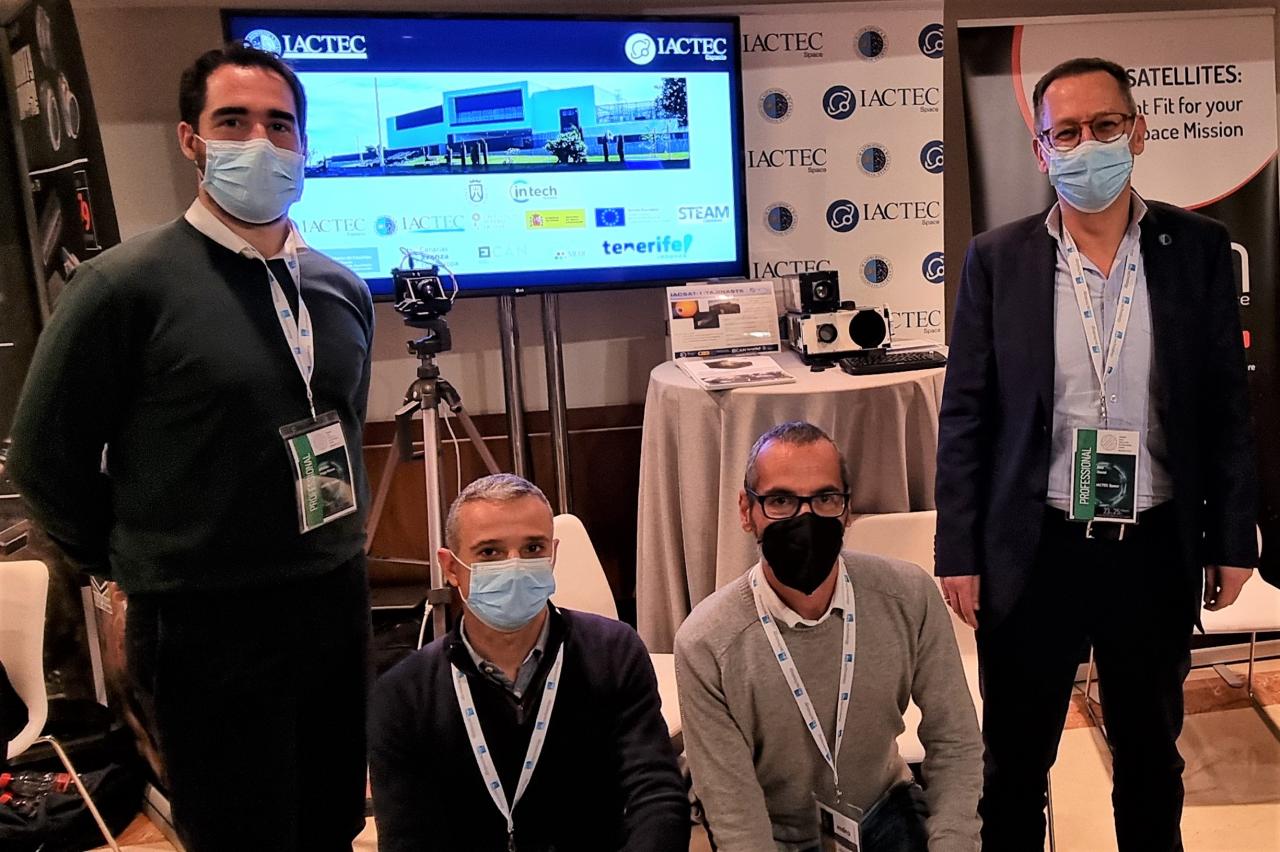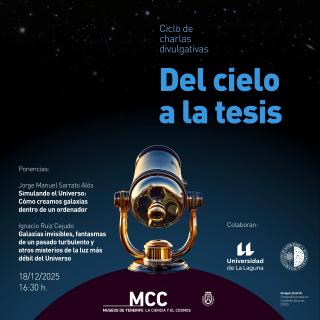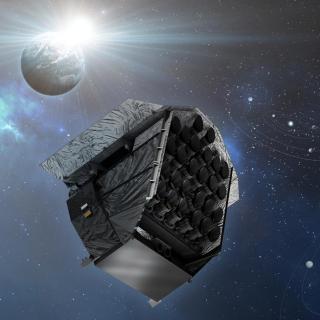After the excellent results from its predecesor, DRAGO (Demonstrator for Remote Analysis of Ground Observations) the updated version of this instrument, designed to observe the Earth from space in now ready. DRAGO-2 has optics with higher resolution, and fills the need for images in the short wavelength range of the Canaries and of other parts of the world.
This marks the start of the stage of design and manufacture of the satellite in which it will be launched. This satellite has been named ALISIO-1 (Advanced Land-Imaging Satellite for Infrared Observations) and will be developed in collaboration with the space company Open Cosmos. As well as including the DRAGO-2 camera this satellite will have a device for making optical communications from the ground to space. This work, which will be carried out in the second half of 2023 by the DEIMOS/D-Orbit consortium, via the small satellite launcher ION. Finally the satellite will be commissioned in space, jointly with the the Open Cosmos company, followed by the operational phase, led by the team from IACTEC-Space. The project is posible thanks to the "Programa de Capacitación" of Cabildo de Tenerife and the "Plan de Recuperación y Resiliencia" from the spanish Goverment.
This news has been announced today at the Spanish Small Satellites International Forum 2022 in Malaga. This is an important milestone for the IACTEC-Space team, which will, for the first time, be leading a complete space mission.

